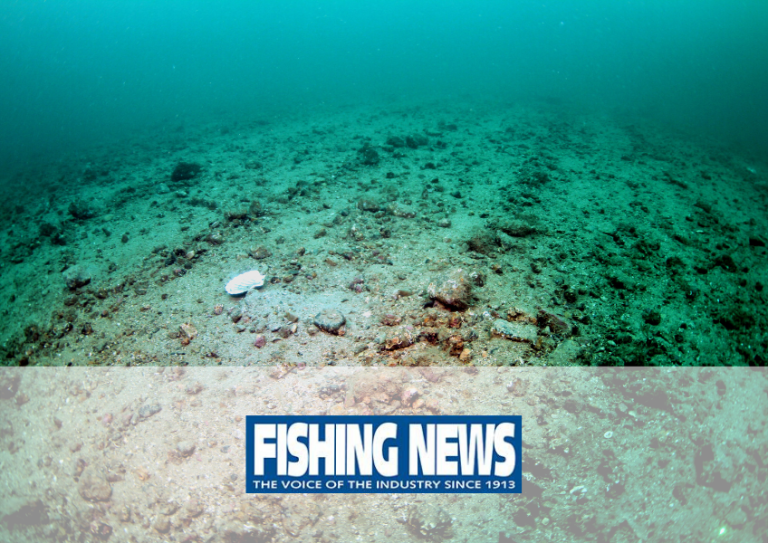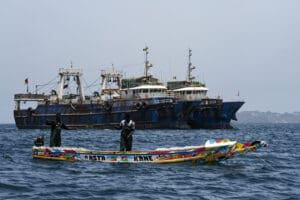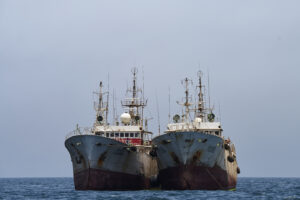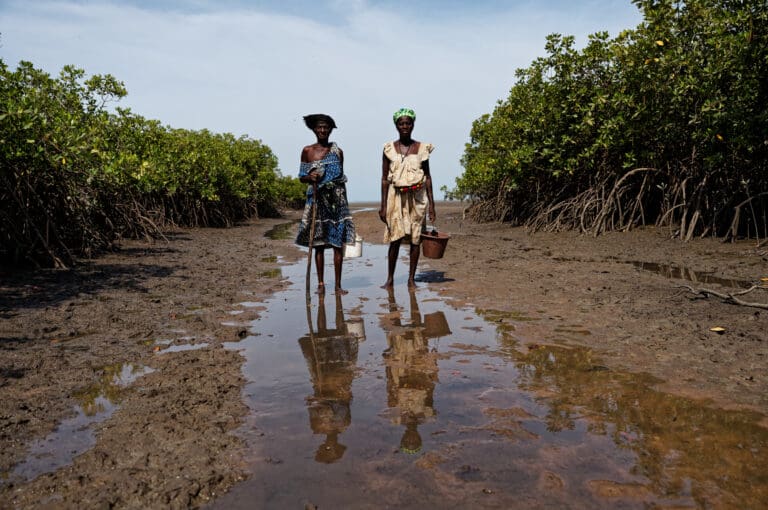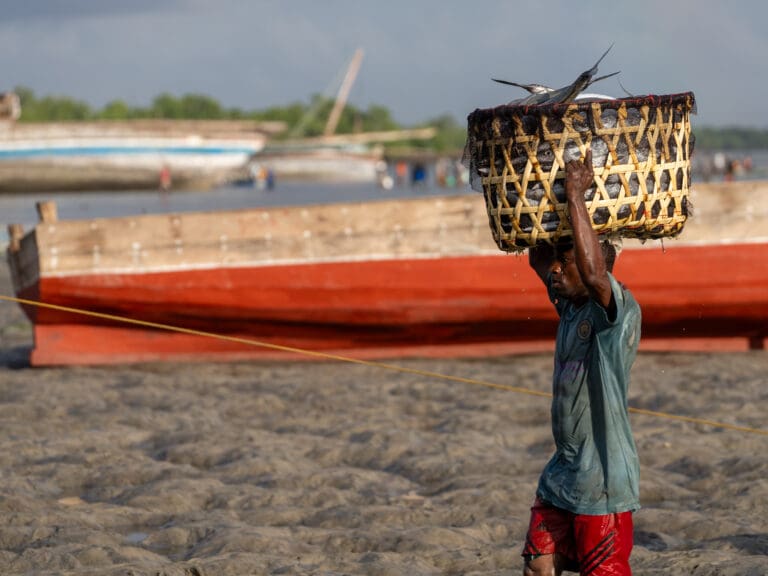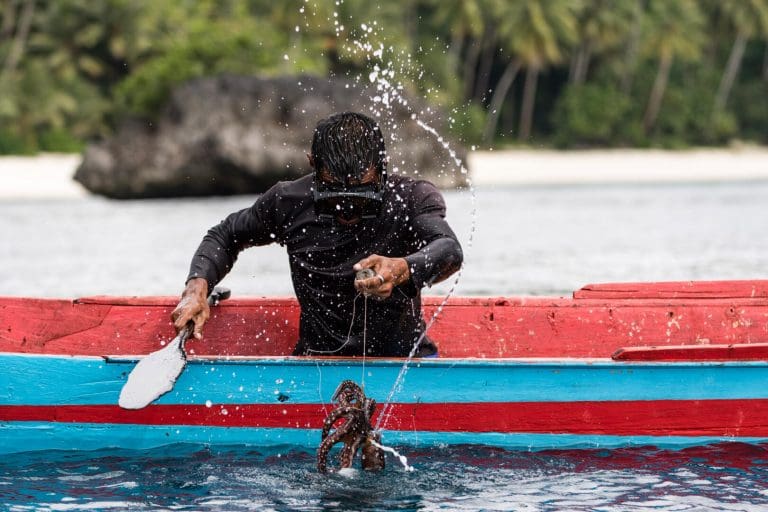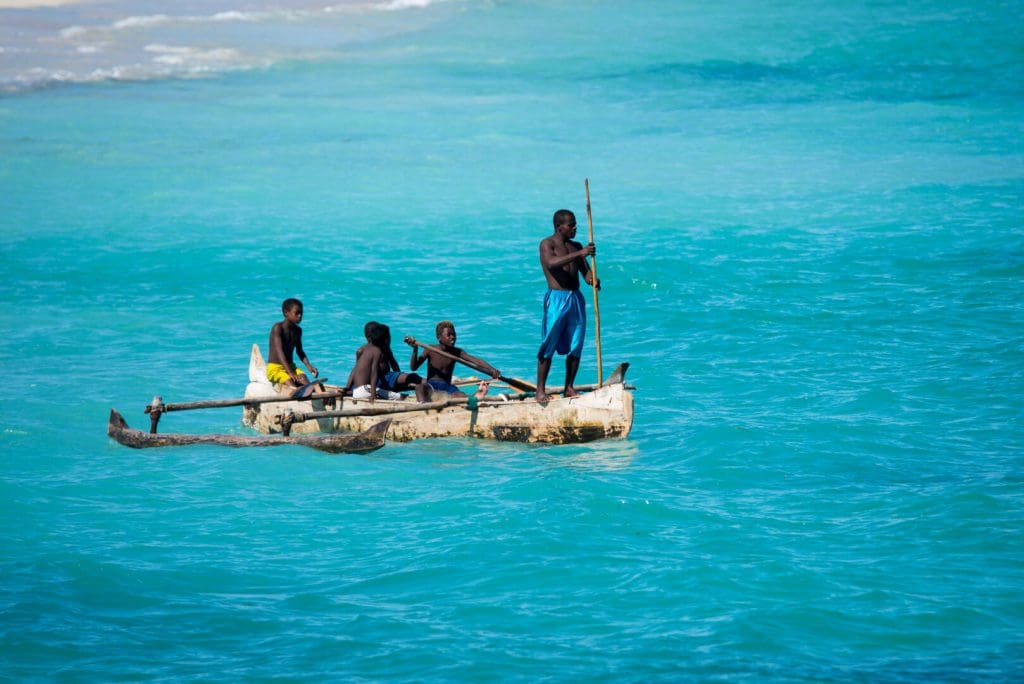Published in Fishing News, 05 November 2021
Reducing the carbon footprint of bottom trawling requires bold action from governments, and collaboration between fishers and environmentalists, writes Dr Steve Rocliffe, senior technical adviser at Blue Ventures.
Greenhouse gas emissions from the global food system are one of the largest contributors to climate change. Reducing the size of this carbon ‘foodprint’ is vital to meeting global emissions targets, and to keeping global warming within manageable limits.
In this battle, what we choose to eat can make a huge difference, and it’s clear that we need to eat more fish. Seafood provides protein and nutrients to billions of people, and it does so at an environmental cost that’s 10 to 20 times lower than beef or lamb. Some species like sardine can be caught, transported and sold so efficiently that they’re among the best foods we can eat for the planet – even more so than many fruits and vegetables.
But not all seafood has the same carbon footprint. In particular, some species caught by bottom trawling (including flatfish, shrimp and langoustine) can have much higher emissions, largely because dragging a heavy net across the seafloor is an energy-intensive process. It’s estimated that the carbon footprint of bottom-trawl fisheries is about three times higher than non-trawl fisheries, and that demersal species caught by bottom trawls may create more than four times the emissions of those caught by gill-nets and tangle nets.
READ THE FULL ARTICLE IN FISHING NEWS.

